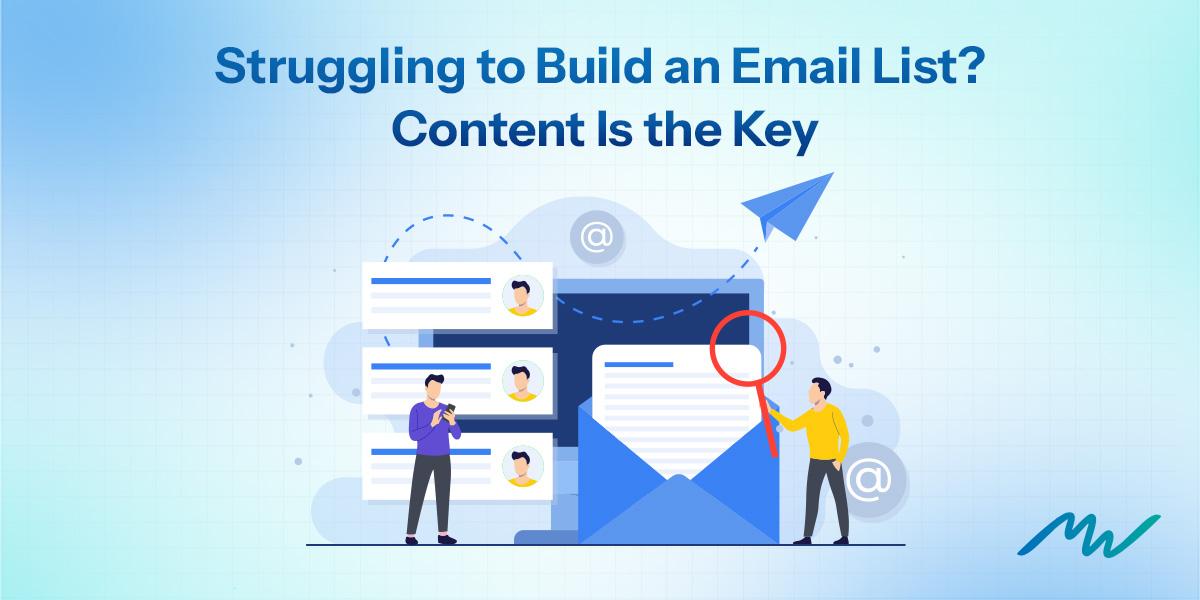Step 4: Guide Them with Smart Content Funnels
Not everyone is ready to buy on day one, and that’s okay. The goal is to meet them where they are and guide them toward a decision.
A content funnel does that by sending the right content at the right time.
Ideas to try:
- A 5-day educational course that teaches them something valuable, then offers a paid upgrade.
- A webinar sequence with invites, reminders, and a follow-up offer.
- A nurture series with blog roundups, behind-the-scenes stories, and case studies.
The key? Keep it relevant to why they signed up in the first place. If they grabbed your “Beginner’s SEO Toolkit,” they shouldn’t be getting advanced PPC breakdowns two days later.
Mini takeaway: Match your follow-up content to their original interest, relevance is what keeps people engaged.




